This article explores the common “$2M bottleneck” faced by home service businesses as they attempt to scale, outlining why reaching $2–$3 million in revenue often creates an invisible ceiling fueled by the owner’s over-involvement and lack of systems. It describes the psychological and operational roadblocks that prevent delegation, the essential shift in mindset required for owners to move from operator to architect, and provides a strategic blueprint for scaling through effective delegation, systems, and hiring—namely, the people-centric ‘linchpin’ service manager. The article further emphasizes the importance of technology adoption and financial clarity, offering a step-by-step path for business owners to break through stagnation and build resilient, scalable enterprises.

Why a Service Manager is Essential for Home Service Businesses Scaling Past $2M
This article explores why many home service businesses, such as HVAC contractors, electricians, and managed IT service providers, struggle to scale beyond the $2–$7 million revenue range. The bottleneck often lies with owners and office managers juggling too many operational tasks like dispatch, quoting, and job supervision. The article introduces the Service Manager role as the critical solution for breaking through this growth plateau. It details how a dedicated Service Manager streamlines dispatch, accelerates quoting, enforces profitability, leads teams, and elevates both client and employee experience. The piece provides industry guidance on when and why to hire a Service Manager and illustrates the tangible benefits, including owner liberation, improved efficiency, team retention, and sustainable business growth beyond the owner-operator stage.

Why Bad Bookkeeping Is Costing Home Service Businesses Thousands
This article examines the hidden risks of poor bookkeeping practices in home service businesses, particularly when software integrations (such as between QuickBooks and field service management tools) create duplicate entries, phantom income, and inaccurate accounts receivable. The financial and operational dangers include paying taxes on profits never received, making misguided business decisions, damaging customer relationships with incorrect billing, and increased audit risk. The article outlines best practices for preventing these issues, including regular reconciliations, matching payments to invoices, reviewing reports, integrating systems carefully, and considering professional bookkeeping help as the business grows.

Unlocking Business Operations: A Guide for New Entrepreneurs
In the fast-paced world of entrepreneurship, understanding the intricacies of business.

Steering Blindly: The Risks of Business Decisions Without Data
In an era where information is abundant and readily accessible, the role of data..

Why Business Structure Matters: An Overview for Startups
This blog post will explore the various business structures, their impact on business goals..

Answering Services: A Small Business Game-Changer
In a world where effective communication is the backbone of any successful business..

Choosing the Right MSP: 5 Key Indicators for Quality IT Support
In today’s complex technological landscape, selecting the right Managed Service Provider..

Navigating Customer Experience: How NPS and CSAT Drive Loyalty
Customer loyalty is foundational to thriving in today’s competitive business landscape.

Why Should Entrepreneurs Prioritize Working ON Their Business?
In today’s fast-paced and competitive business environment, entrepreneurs are often caught..
- 1
- 2

Stay ahead in a rapidly world. Subscribe to Prysm Insights,our monthly look at the critical issues facing global business.




